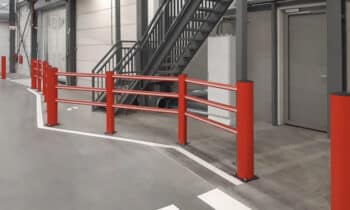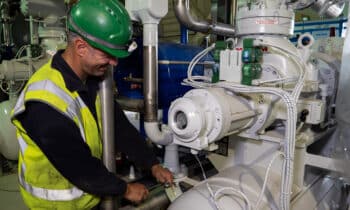
The regulations for using a rolling scaffold
Rolling scaffolds are incredibly useful for working at great heights during construction jobs, provided they are properly erected. There are various safety regulations for the proper and safe assembly of a mobile scaffold, but still about 35 serious accidents occur each year, some of which are even fatal. Therefore, in this article, we once again list the regulations regarding the erection and use of mobile scaffolding, so that more accidents will hopefully be prevented in the future.
Possible causes of accidents
Not only while using mobile scaffolds, but accidents also occur during their assembly. This is often due to various components being assembled or placed incorrectly. When an accident occurs during use of the mobile scaffold, it is often related to the removal of braces or edge protection.
The regulations regarding the use and erection of mobile scaffolds
There are a number of obligations for assembling and using mobile scaffolding according to the Occupational Health and Safety Regulations. First of all, the mobile scaffold and the various scaffolding components must have a valid safety inspection. This is required annually. When the rolling scaffold and the scaffold components are declared safe by the safety inspection, they receive a sticker from the inspector. In addition, the scaffold contains stickers on which the manufacturer of the scaffold has stated the regulations for assembly and use. These must be observed when assembling and using the rolling scaffold. Are you working higher than three meters? Then edge protection is mandatory. This prevents tools from falling down from the scaffold and injuring bystanders. Finally, there are maximum working heights for mobile scaffolds. With a mobile scaffold that is not attached to walls or the facade, you may work up to a height of 12 meters indoors and 8 meters outdoors. Do you need to work at greater heights? Then the scaffold must be attached to a facade or wall. It is not mandatory to wear a safety harness, but in the event of a dangerous situation, it provides additional protection and safety. Therefore, it is always recommended to wear a safety harness.
Prevent rolling scaffold accidents
In addition to following the regulations, there are other tips to prevent rolling scaffold accidents. For example, it is important not to place the rolling scaffold too far away from the facade, and make sure it is properly attached to the facade. Only place the scaffold on a completely flat surface that is hard, and don't forget to put the brake on it. Also place stabilizers as directed, and install additional stabilizers when using in a clear space. Are you working in a busy street or industrial area? Then make sure the scaffolding is positioned so there is no collision hazard. Finally, it is important that you should not just leave tools or building materials on the scaffold when not in use. You may trip over these, or the materials may fall off the scaffolding. And remember: an accident is just around the corner!




